Understanding & Using Negative Space in Photography
Negative space has been used for hundreds of years in art and design but is something that is comparatively unknown by many photographers. A lot of people don’t know what negative space is, but, used correctly, it can transform compositions to produce stunning results.
In a very simplistic explanation, negative space is the area around your photograph’s subject matter (known as the positive space). So, for example, if you took a head and shoulders shot of a person, they would be the positive space. The background and anything surrounding them would be the negative space.
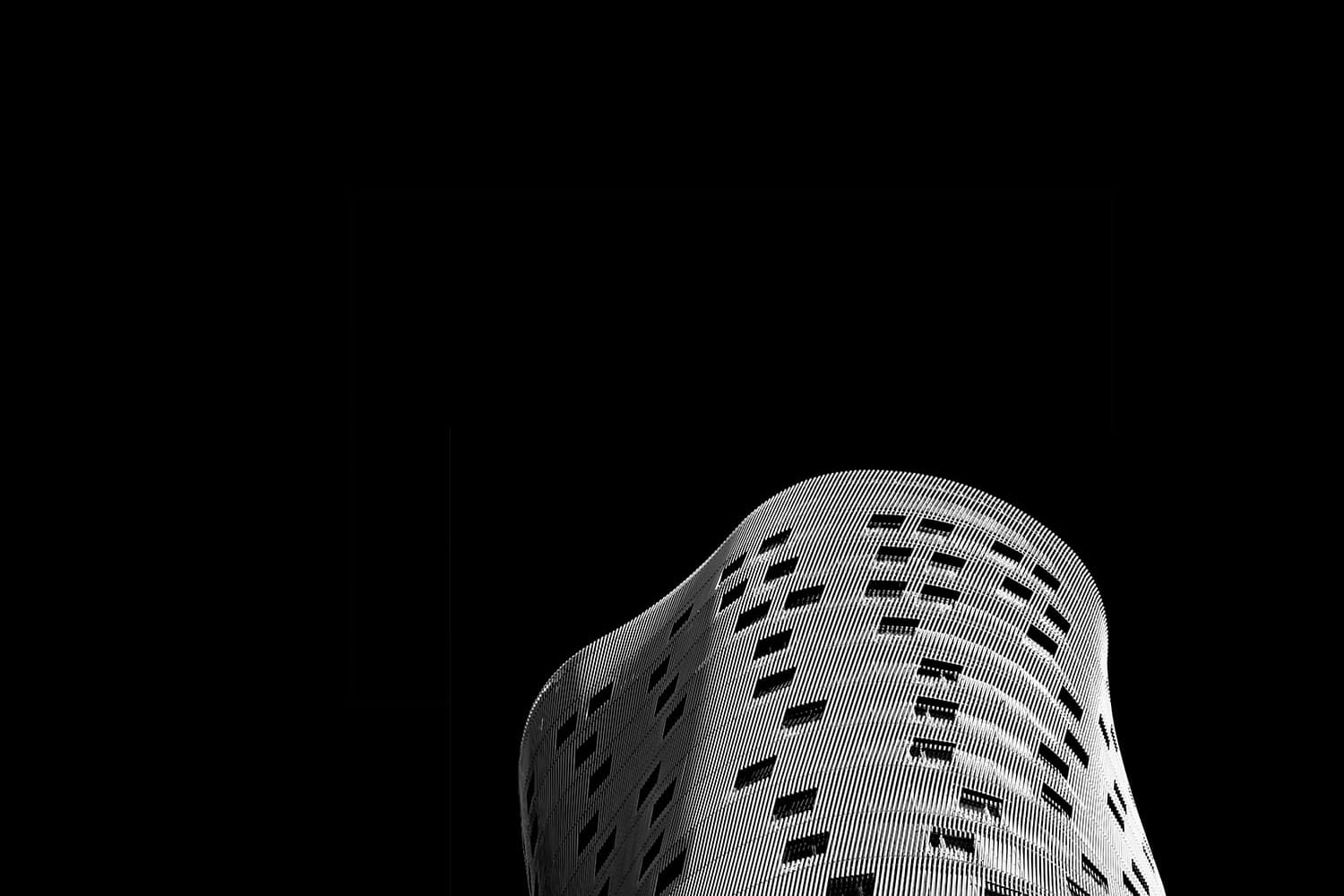
But negative space also requires breathing room, to make your subject look more appealing. A more substantial amount of negative space can help to give the subject more definition, as well as making it easier to process the entire image.
Negative space provides a natural balance against positive space when it’s used correctly. But, like many aspects of photography, getting that balance right can be tricky. On top of that, many results can be subjective in the eye of the viewer. But with practice, excellent results can be achieved.
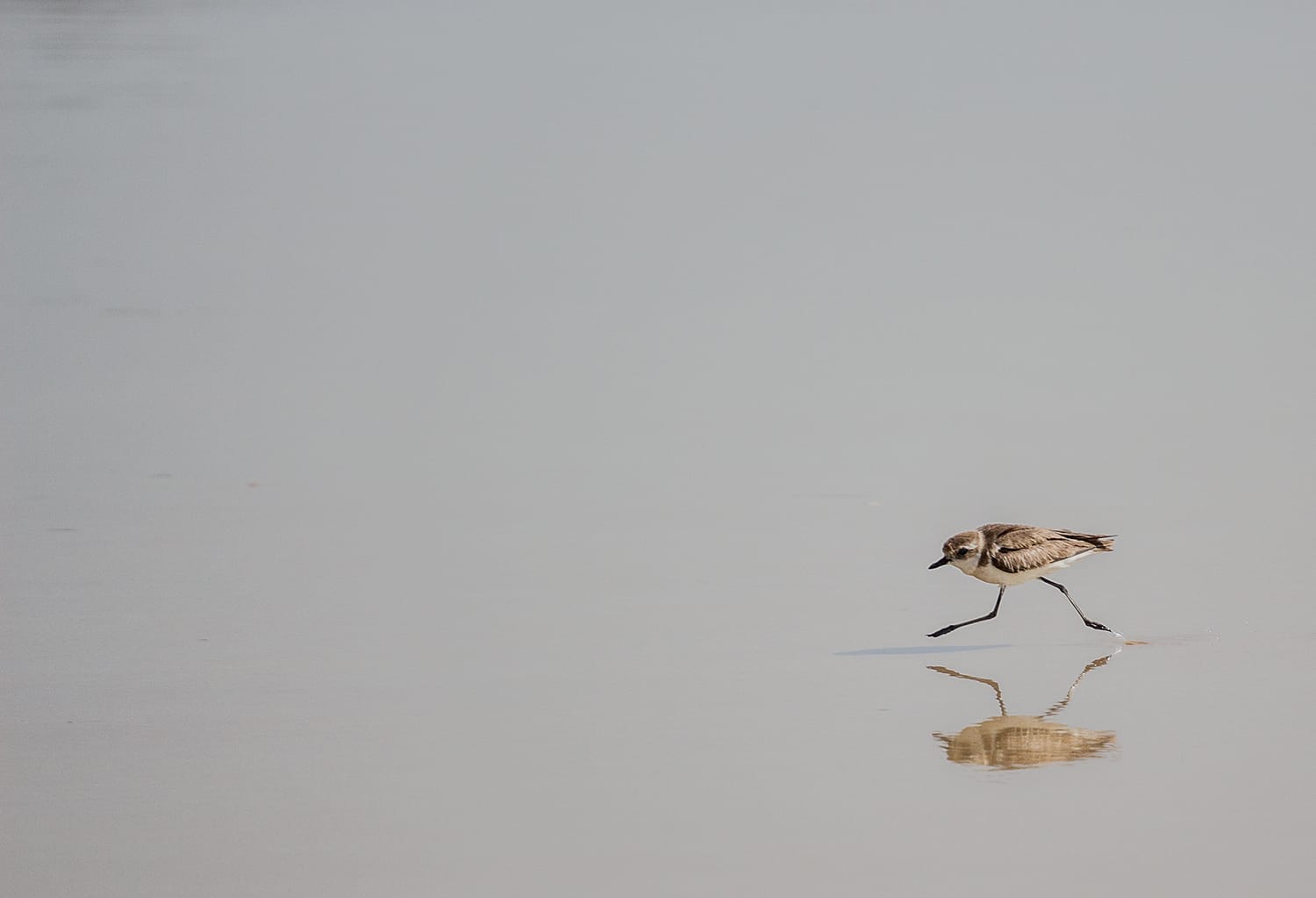
Using negative space in photography
Negative space isn’t just found in photography. It’s commonly used in painting, sculpture, and design to name but a few. Essentially, it is a fantastic artistic tool. But the problem with understanding and using negative space effectively is that our brains can work against us.
The brain tends to have set ideas about how things should look – size, shape, colour, texture, etc. This can then distort how we view a scene, which is why images that look great in our mind don’t look good in reality.
This is why learning to focus on the negative space around images is so important. It helps to clear the mind and to see objects more accurately. More importantly, I believe that it makes you pay more attention to your composition. Negative space forces you to place your subject within a frame more carefully and to look for lines and structure to add balance to your image. And, as the human brain very much likes these things, it helps make the photo more attractive to the eye.
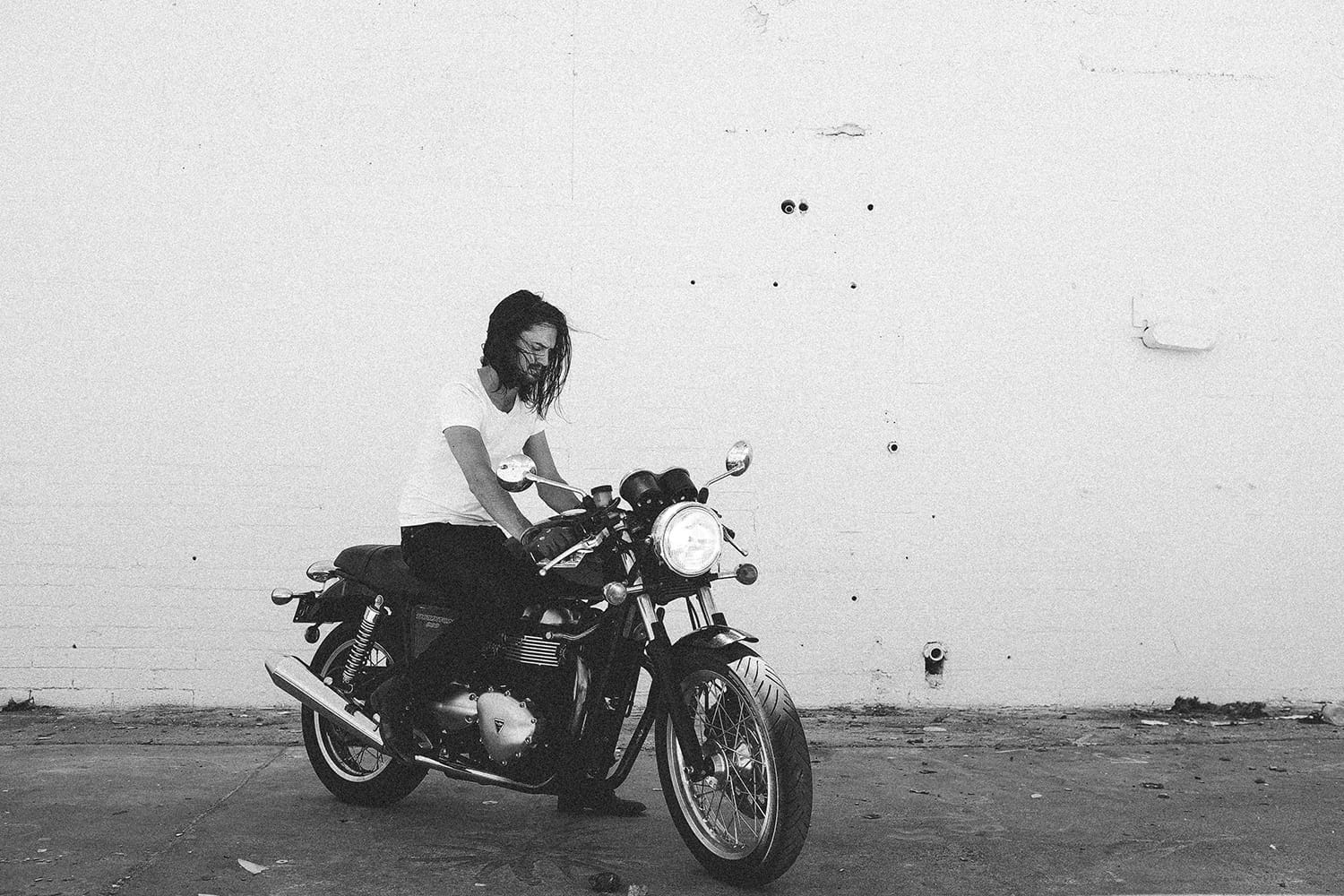
Negative Space is Open Space
It can not only create lines but can also balance and create a more dynamic composition and draw the eye to the subject, helping to anchor them within the frame. I think negative space used correctly can best be compared to shining a subtle spotlight on your subject to illuminate it.
There are a few tips to follow when you start to use negative space. One of the most common misconceptions is that negative space can only be a blank white canvas. As long as your background is calm, you can use a variety of things to create negative space. The sky or water, for instance, can be very conducive to creating adequate negative space. Equally, using a small depth of field works well, as a blurred background focuses attention on your subject.
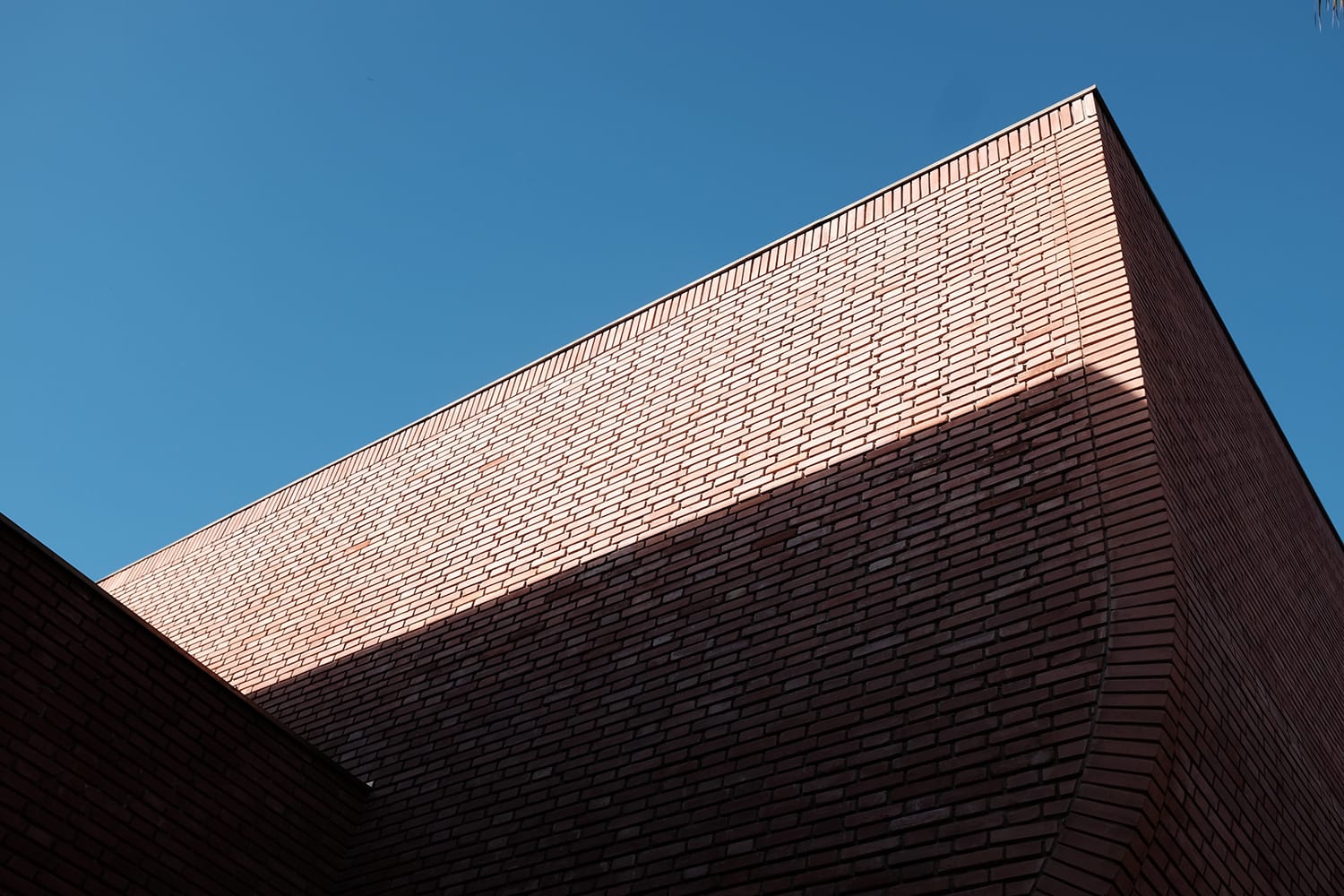
If you’re shooting a portrait and using negative space, care needs to be taken to compose the image according to where your subject is looking. Remember that to use negative space effectively, your subject’s sight line will need to fall into the negative space.
If they are looking towards the edge of the image rather than into it, a viewer is likely to find the image unbalanced and the bonus of having negative space will have been entirely lost. Similarly, if photographing objects, care should be taken to ensure that any edges, curves, or angles lead into the negative space. Try to think of this as directing your viewer’s gaze in the way that you want it to go.
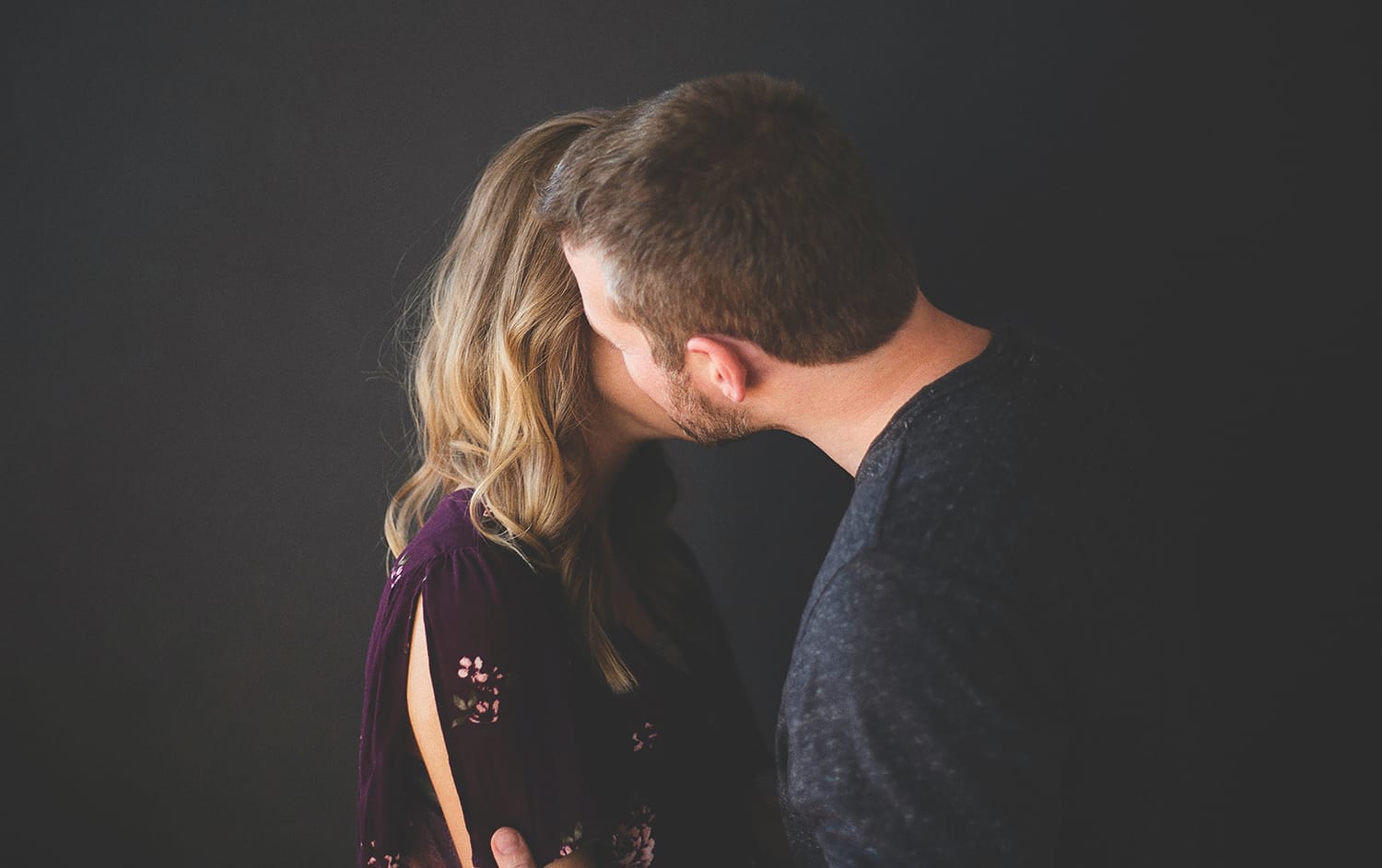
Another simple way to start working with negative space is to apply the rule of thirds. Put simply; this is where you mentally divide your image into thirds, both horizontally and vertically, and place your subject at one side or the other, where the lines intersect. This way, a viewer has the negative space in place to one side of the subject, thus making the image more appealing.
Experiment With Your Perspective
And finally, as with all great photography, you mustn’t be afraid to experiment with your perspective. Photography isn’t static – you need to move around to see what will give the strongest composition. Don’t just shoot straight on to your subject!
And remember, you don’t just have a 360-degree viewpoint at your disposal. Good photographers aren’t afraid to lie down on the floor or climb up ladders to achieve the perfect angle for a shot.
As with all photographic techniques, there are many more ways in which you can experiment with negative space, but these should hopefully help to get you started. If you want to improve your photography, though, it’s essential that you learn and understand the use of negative space, as it can make an enormous and valuable difference to the result.
